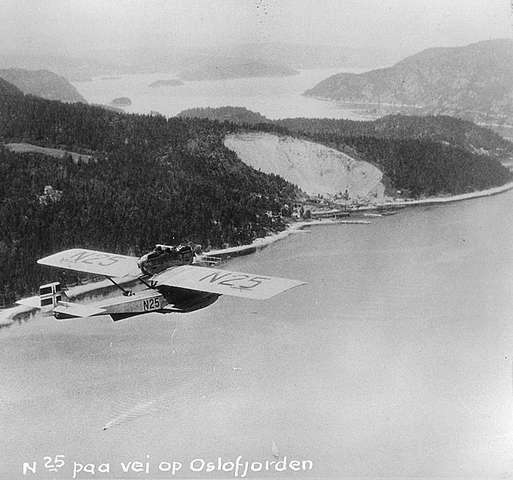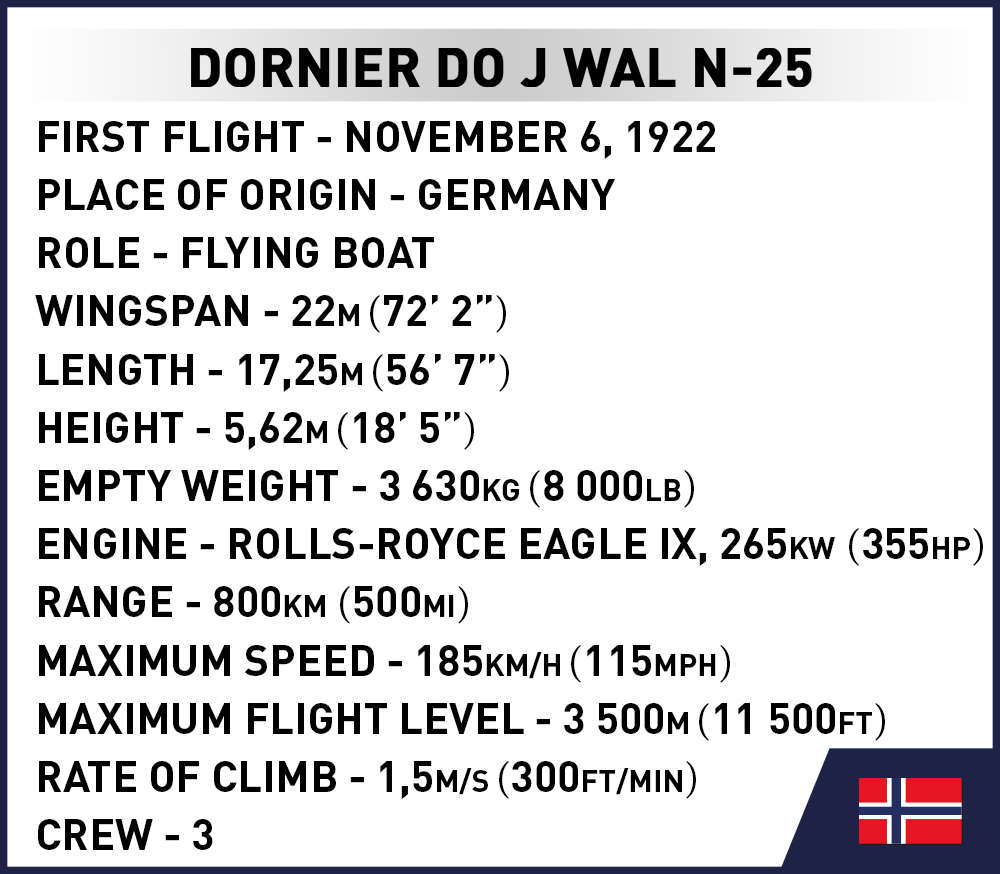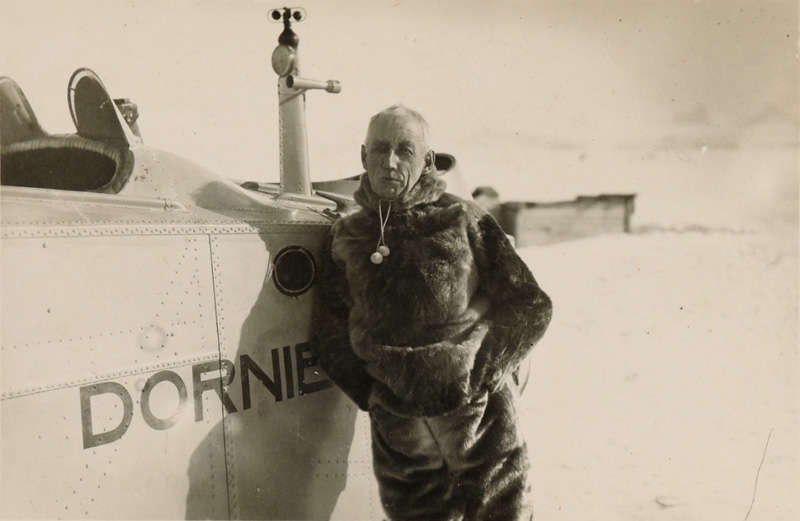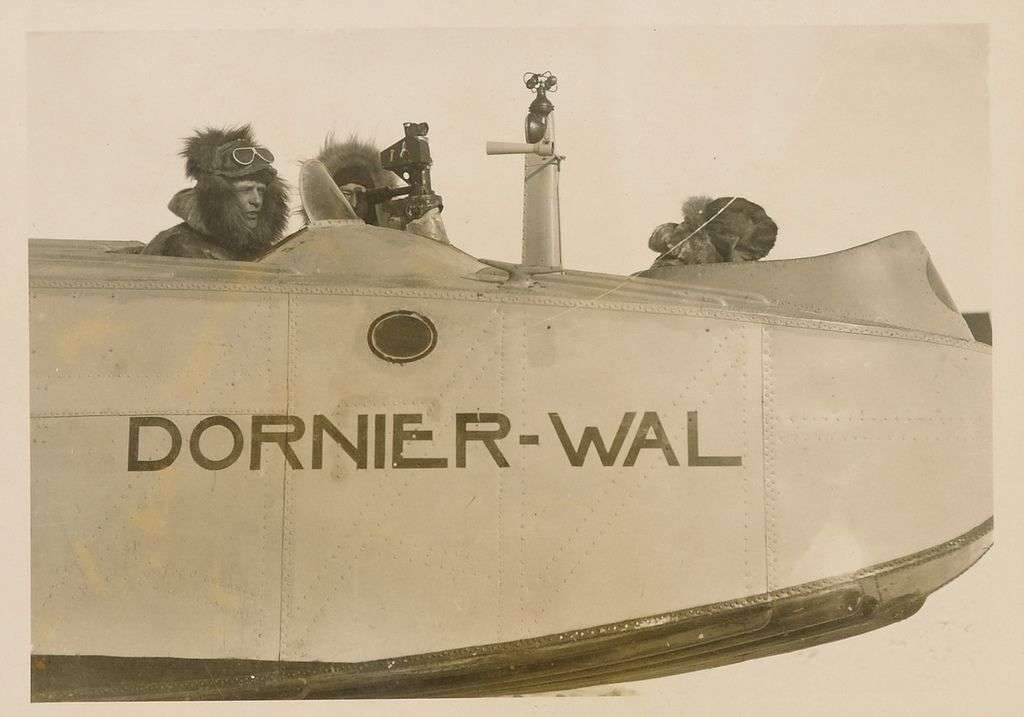
Celebrating 100 Years of Polar Exploration
On May 21st, 2025, the world will mark the 100th anniversary of one of the most remarkable achievements in aviation and polar exploration history: the attempted flight to the North Pole by Roald Amundsen in the Dornier Do J Wal 'Amundsen' N-25 flying boat. This centenary offers a timely opportunity to revisit the daring spirit, technological innovation, and sheer bravery that defined early 20th-century exploration.

Above picture: By Anders Beer Wilse - Galleri Nor Tilvekstnummer: NF.WA 03027 Internnr: NBR9407:02051, Public Domain.

The Aircraft and Its Design
The Dornier Do J Wal, meaning "whale" in German, was a twin-engine flying boat designed by Claude Dornier and first flown in 1922. It featured a distinctive high-wing monoplane design and was renowned for its durability, range, and ability to take off and land on water. With two engines mounted in a push-pull configuration on a central nacelle above the wing, the aircraft was ideally suited for long-distance expeditions over ice-covered regions and rough seas.
The 'Amundsen' N-25 was one of two Dornier Wals used in the 1925 Arctic expedition, specially modified for polar conditions. It carried supplies, survival equipment, and a small crew for a mission that combined scientific exploration with a race toward achieving the milestone of reaching the North Pole by air.

Pictured above: Roald Amundsen
Roald Amundsen and the 1925 Expedition
Roald Amundsen, already famed for being the first person to reach the South Pole in 1911, turned his attention to the Arctic. In 1925, he set off from Svalbard, Norway, in the two Dornier Wals—N-24 and N-25—accompanied by pilot Hjalmar Riiser-Larsen, mechanic Karl Feucht, and several others.
However, things did not go entirely to plan. N-24 was damaged during an ice landing and could no longer fly. N-25 also landed on uneven ice, stranding the entire expedition team. For over three weeks, they endured harsh Arctic conditions, surviving on limited rations and melting ice for water. To escape, the crew manually cleared and levelled over 600 metres of ice to create a makeshift runway. Against all odds, they managed to take off in the N-25, overloaded with crew from both aircraft, and returned safely to civilisation.
Amundsen later reflected on the ordeal:
“Never had I come so close to death, and never had I seen such unwavering resolve in a crew.”

Pictured above: Amundsen Polar expedition crew in furs
Legacy of the N-25 and its crew
Although the mission did not achieve its ultimate goal to reach the North Pole, it set a record by reaching 87°43' N, the northernmost latitude attained by any aircraft at that time. It was hailed as a triumph of endurance, teamwork and engineering, as well as demonstrating that aviation could open up previously inaccessible parts of the globe. Amundsen’s adventure with the Dornier Do J Wal inspired future generations of polar explorers and contributed to the development of long-range flying boats.
As we approach the centenary of the Dornier Do J Wal N-25’s Arctic expedition, we remember not just a remarkable aircraft, but the courage of those who dared to push the limits of human exploration. In a world increasingly shaped by technology, the story of the N-25 reminds us of the importance of human determination in overcoming the unknown.

Picture above: Replica Dornier Wal N25 in the Dornier Museum Friedrichshafen.
 Skip to content
Skip to content

